Generators are electrical machines whose job gets started when the electrical power from the local grid goes off. Here is where the generators start to work to provide electricity. These electrical machines work as a source to supply electrical power for many business facilities, industrial buildings, and even homes when the electrical power has been cut off. Generators are categorized into two types AC and DC generators. We are here to explain the question “What is the working principle of a DC generator?” and discuss DCs in detail. Linquip has gathered the most to-the-point and precise pieces of information on this topic for you to read.
Before we discuss the main topic of this article, we have to know about the structure and the main functions of DCs. Let’s have a brief look at DC generators’ construction, functions, and part and components.
On Linquip’s platform, you will find all the information you need regarding DC generator equipment and devices. Linquip’s experts are available to help with any questions you might have about DC Generators. Take a moment to read Linquip’s article, “What Is DC Generator?“. Register as a Linquip Expert to gain access to all of the features available.
Did you know you can write Guest Posts on Linquip? Yes, guests can submit posts on Linquip.
What Is a DC Generator?
As mentioned before, there are two types of generators based on the output: AC and DC generators. Direct current generators’ main function is to change mechanical energy into electricity. There are a lot of sources that provide mechanical energy for DC generators such as engines with internal combustion, water, gas, and steam turbines, and even hand cranks. There is a reverse function defined for DC generators: this reverse job can be accomplished by the use of an electrical motor.
DC motor changes the electrical power into mechanical energy. DC generators produce electrical power based on the principle of Faraday’s law of electromagnetic induction. Based on this law, when a conductor moves in a magnetic field, the magnetic lines of force are cut. This leads to an electromagnetic force induction in the conductor.
To have a clearer answer to the question “What is the working principle of a DC generator?”, let’s have a brief elaboration on its parts and components as well. In the following section, we will tell you very briefly about the main parts of a DC generator and how they work. keep reading.
Construction of a DC generator
In the previous section, we explain what a DC generator is very briefly. Now we want you to be more familiar with its construction. There are many components in a single DC generator which help the whole machine to function the way it should. In various articles, more than ten parts are mentioned for DC generators.
We are not going to elaborate on all of these components because the explanation of the function of these parts is beyond the scope of this article and will take us away from the main topic of our discussion. In the following sections, you will read about four of the most important components of a DC generator helping you to carve the answer to the question “What is the working principle of a DC generator?”

Stator
one of the most essential parts of a DC generator is the stator whose job is to supply magnetic fields around which the coils spin. The stator consists of two stable magnets with opposite poles facing each other. These magnets are put to fit in the region of the rotor.
Rotor
The rotor or the armature core is another important part of a DC generator. There are slotted iron laminations in the rotor with slots that have been stacked to form a cylindrical armature core. Generally, the losses are decreased due to the eddy current in these laminations.
Commutator
The operation of the commutator is like a rectifier to convert AC voltage to DC voltage in the reinforcement of the armature winding. It has a copper segment and each copper segment with the aid of mica sheets is shielded from each other. It sits on the machine’s shaft.
Brushes
With the aid of brushes, the electrical connection between the commutator and the external load circuit can be assured.
Now that you are familiar with the essence and the main components of a DC generator, it is like a piece of cake to understand how a DC generator works. In the following section, we are going to discuss how a DC generator operates incomprehensible language. Stay with us.
What Is the Working Principle of a DC Generator?
In previous sections, we discussed what defines a DC generator and how it works. In this section, we are about to talk about DC generators’ working principle.
As mentioned before, a DC generator is an energy converter that turns mechanical energy into electrical. This change in the form of energy happens based on the principle of electromagnetic induction which means wherever a change in the magnetic flux happens associated with a conductor, an EMF or an electromagnetic force is induced in it. This induction causes a current to flow in case the conductor circuit is closed.
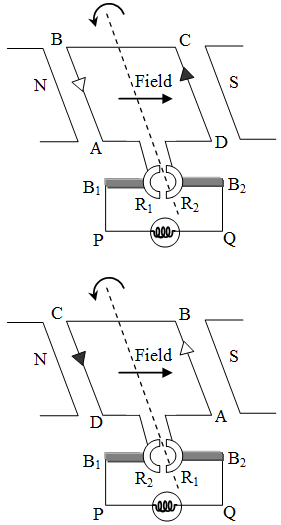
So, based on what we have said so far, the main requirements of a DC generator are the magnetic field and a conductor. The conductor moves to cut the magnetic flux. Therefore, we can say that a DC generator operates on the principle of dynamically induced electromagnetic force. It is what Faraday’s law of electromagnetic induction says: when a current-carrying conductor is put inside a varying magnetic field, an EMF is induced in the conductor. On the other hand, and based on Fleming’s right-hand rule, wherever the direction of the motion of the conductor changes, the direction of the induced flow changes too.
Imagine an armature rotating clockwise and a conductor at the left moving upwards. Now when the armature accomplishes a half rotation, the direction of the movement of the conductor will be reversed downward. So, the direction of the current in every armature will be changing. But with a split ring commutator, connections of the armature conductors get reversed when a current reversal occurs. Therefore, we get unidirectional current at the terminals.
An Easy-to-understand Example of DC Generator Working Principle
Let us make the DC generator’s function and working principle simpler for you. You have to notice if the generator is very small for example it is used for a shop, a small workshop, a cinema, or a house, the prime mover or the mechanical energy supplier is a diesel engine. If the generator is very big like in power plants, then the prime mover will be a water, steam, or gas turbine.
As the mechanical energy supplied by the prime mover is given to the generator, the generator armature starts rotating. Usually, the poles on the yoke are made of permanent magnets. It means that according to Faraday Laws of Electromagnetic Induction, the armature conductors cut the weak magnetic field established by permanent magnets, and a small amount of EMF is induced in the armature winding. This induced electromagnetic force circulates a small amount of current through the field winding and strengthens the magnetic flux supplied and hence the induced EMF. Thus, due to the reinforcement of the flux and EMF, the generator provides the rated voltage.
What Are the Applications of DC Generators?
Portable DC generators are used where a low power supply is needed. Besides being used as dynamos for motorcycles, they can also be found in toys, such as remote control cars, and household appliances, such as electric shavers. For arc welding, which requires massive voltage drops and constant current, generators of this type are used.
What Are the Types of DC Generators?
The following are the three main types of DC generators based on excitation methods:
- Permanent Magnet DC Generators in which field coils are excited by permanent magnets.
- Separately Excited DC Generators which have field coils excited by an external source.
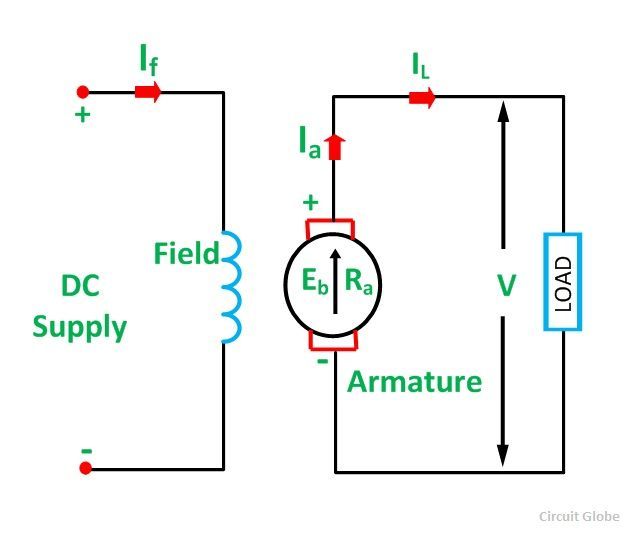
- Self-excited DC generator that has a field coil excited by the generator itself.
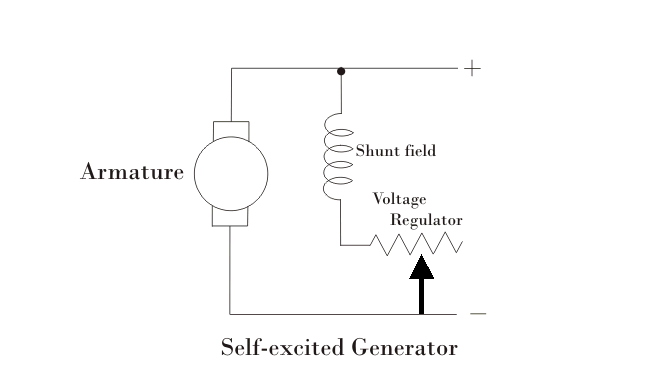
What Are the Advantages of DC Generators?
Most DC generators are highly reliable and rated at 85-95% efficiency. They are compact and lightweight. DC generators produce constant and consistent output. They can also be modified to provide different outputs.
Conclusion
What is the working principle of a DC generator was the main topic of this article which we tried to answer. To answer this question, firstly, we decided to have a very short but useful explanation of what a DC generator is. The next step was to get acquainted with the main components of this energy convertor. So, we elaborated on 4 of the most important parts of a DC generator and how they work.
finally, we got into the section on what the working principle of a DC generator is and we tried to explain it with a vivid example. If you have any other questions about the topic, Linquip is ready to answer them. All you need is to sign up. Besides, if you have any experience of using DC generators, we will be glad that you share it with us in the comments. Hope you enjoyed this article.
Download the Working Principle of DC Generator PDF
For your convenience, you can download this article as a PDF file so you can refer to it whenever you like.
Buy Equipment or Ask for a Service
By using Linquip RFQ Service, you can expect to receive quotations from various suppliers across multiple industries and regions.
Click Here to Request a Quotation From Suppliers and Service Providers
Read More on Linquip
- All About DC Motor Types and Their Applications
- How Does a Brushless Motor Work: A Full Explained Guide
- Parts of DC Generator: Explanation of Parts, Working, Types, Advantages & Disadvantages
- Parts of Generator: a Simple, Yet Useful Guide
- DC Motor Working Principles: The Most Compendious Reference
- The Biogas Generator: A New Approach to the Future of Fuels and Energy
- A Clear Classification of DC Generators
- DC Motor Parts, Structure, Design, and Advantages
- Working Principle of Diesel Generator
- What are the parts of AC Generators?
- Difference between AC and DC generators: An easy to understand guide
- DC Generator Repair, Maintenance & Testing (Clear Guide)

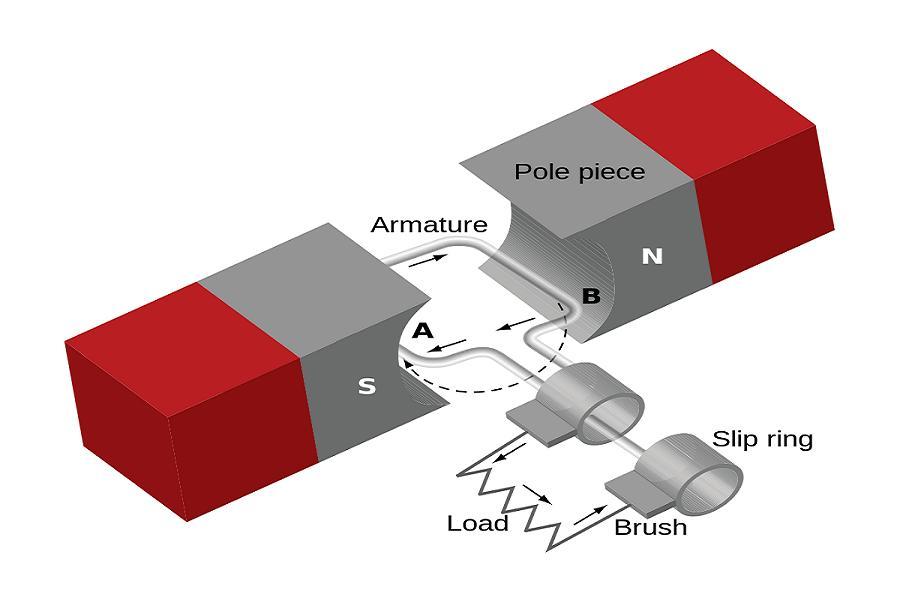
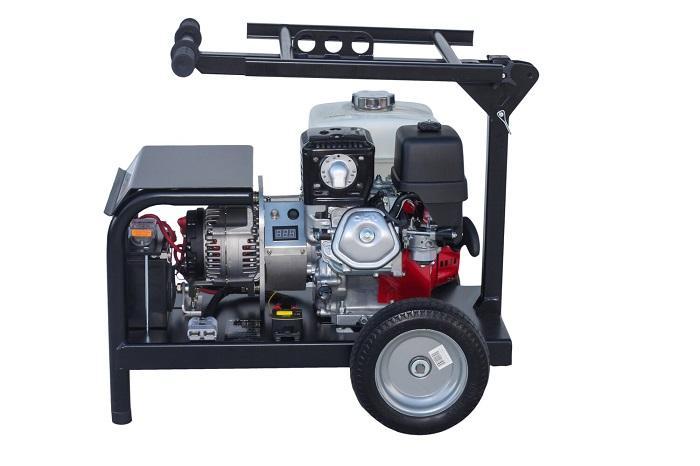

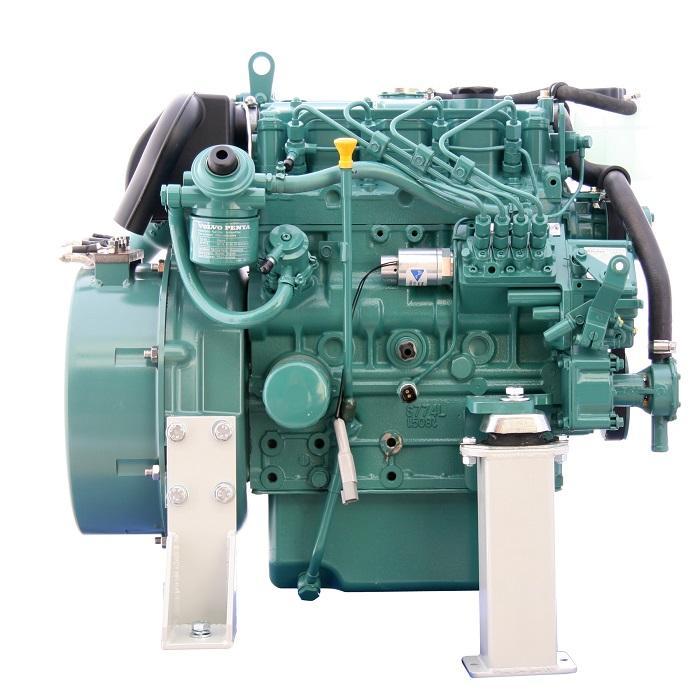


We are so grateful for your kind words. Thanks for sharing your review with us and the community. To determine how we can provide you with your desirable generator, please give us a call at +1(408) 524-1582
I really like the ad do . Thank you for your good ads
Thanks for visiting our website and leaving your comment, Salvatore! You are encouraged to visit Linquip Tech News, where you can find similar posts.